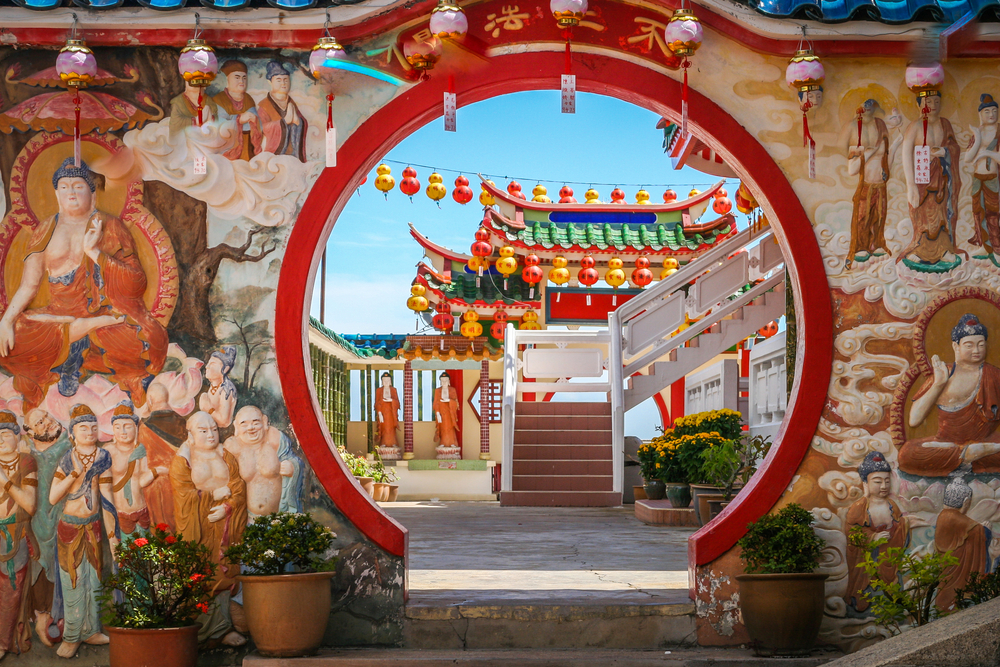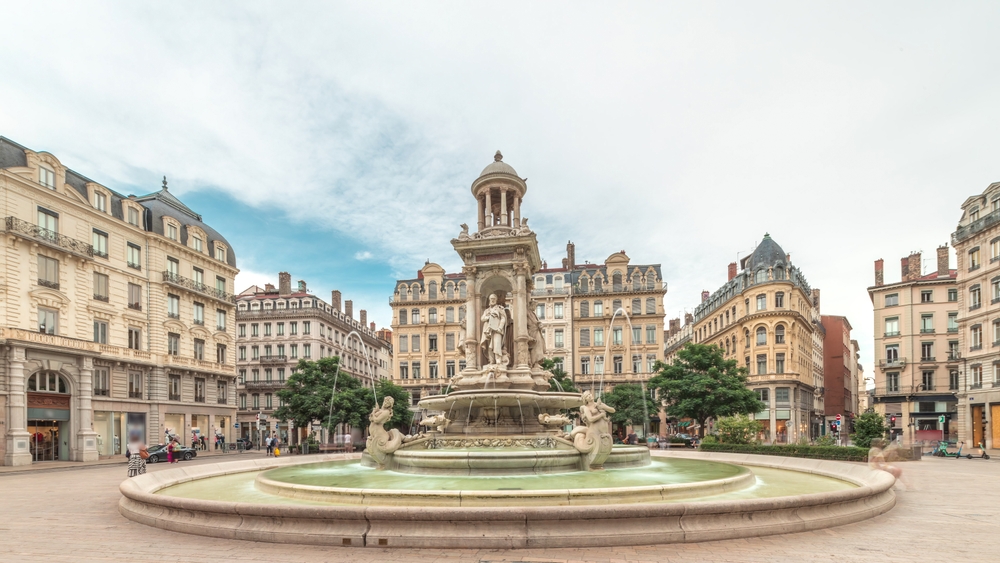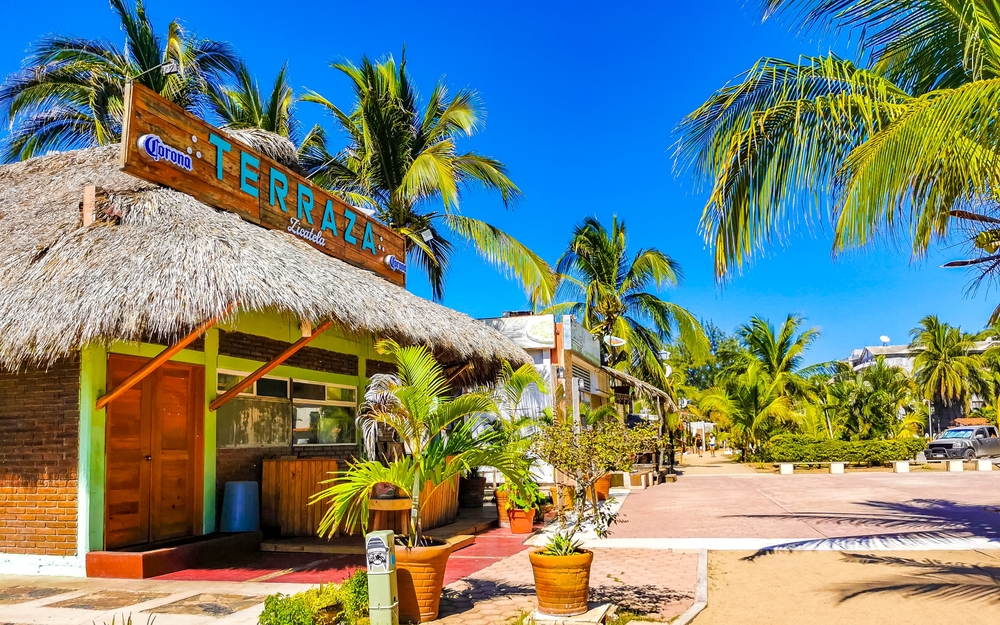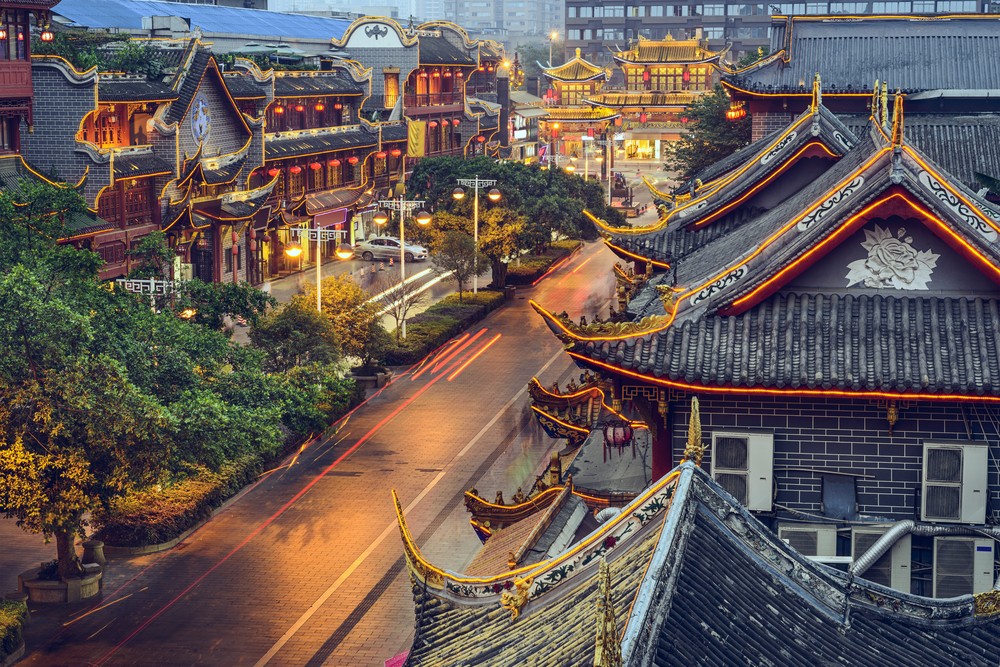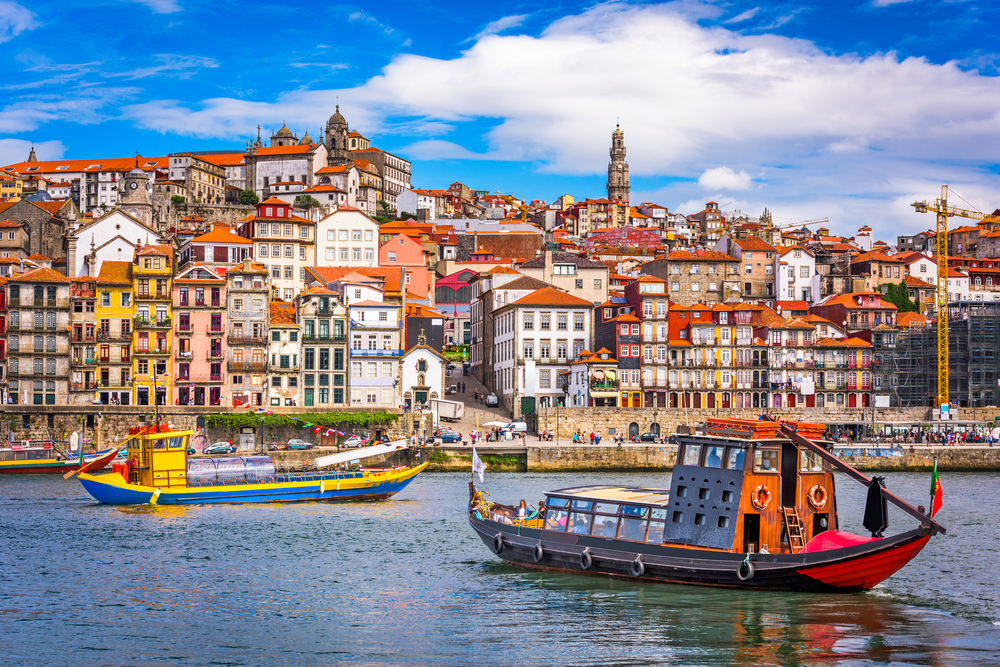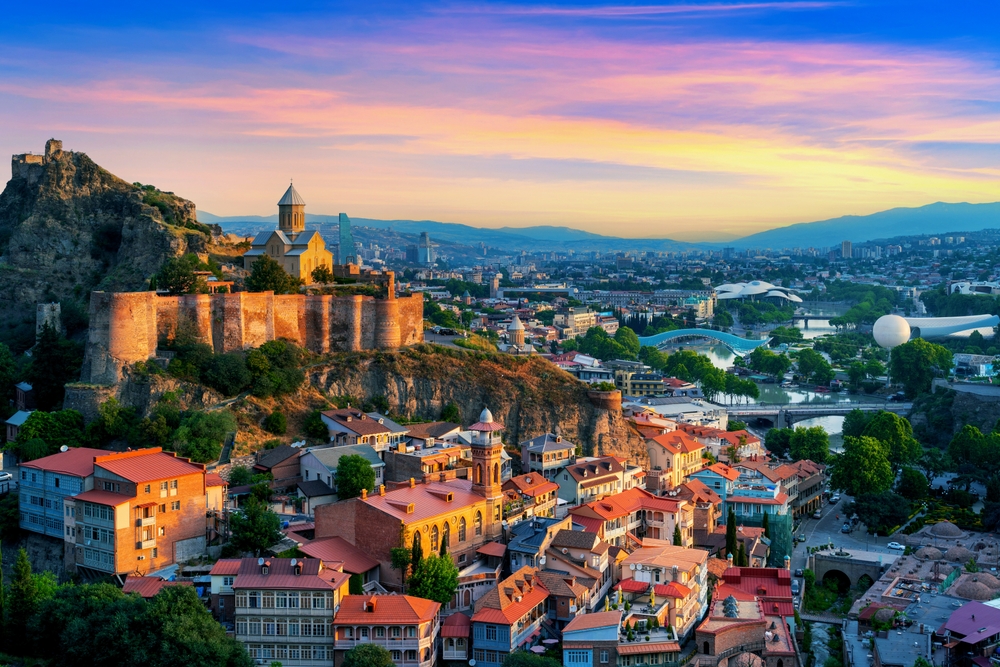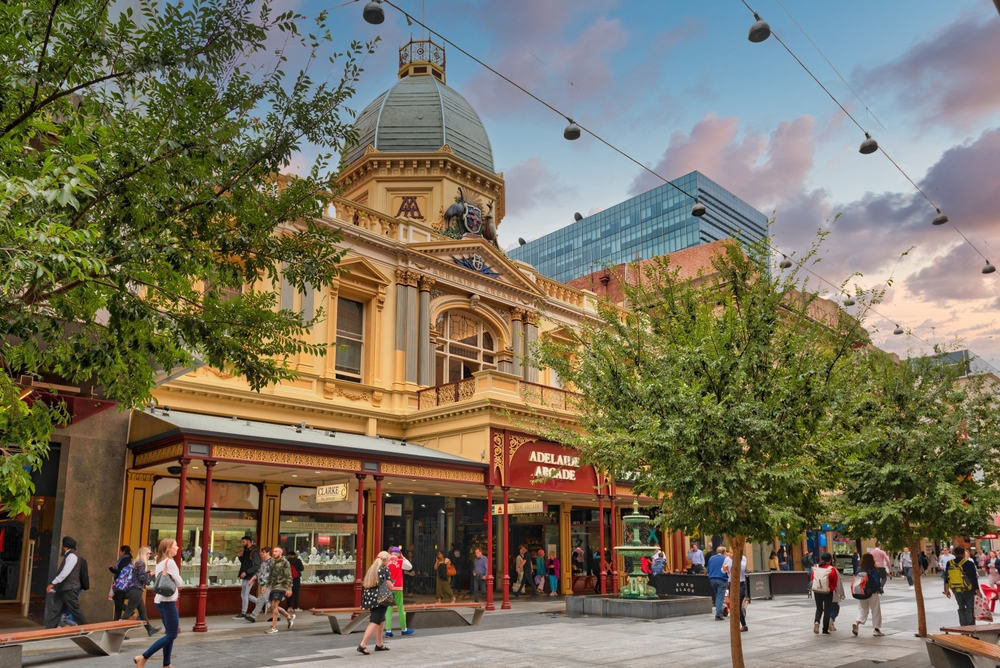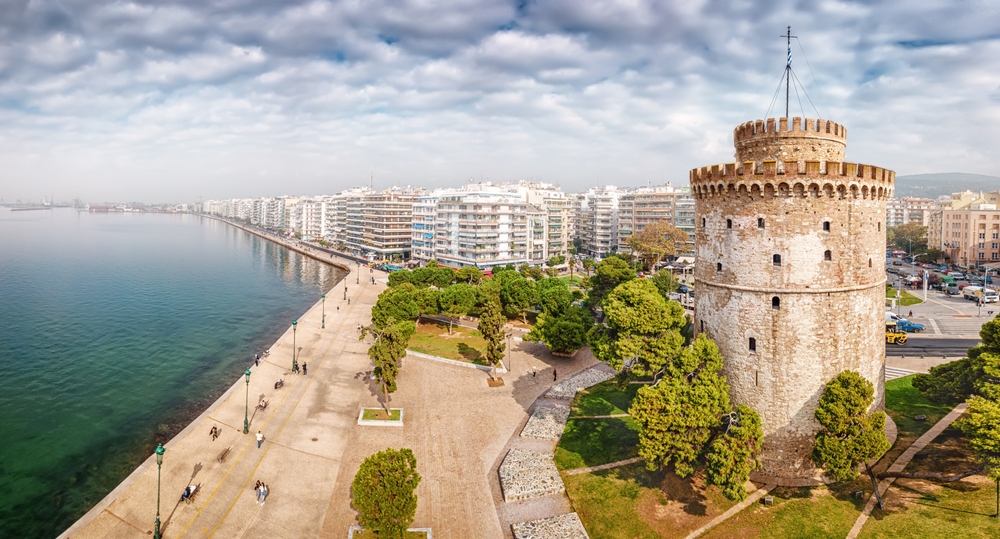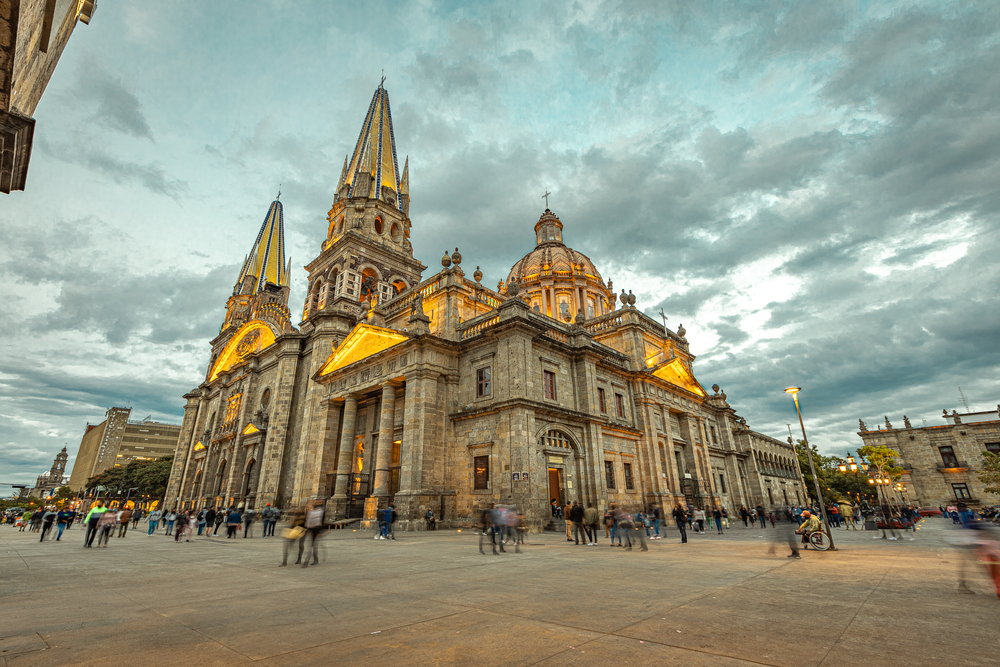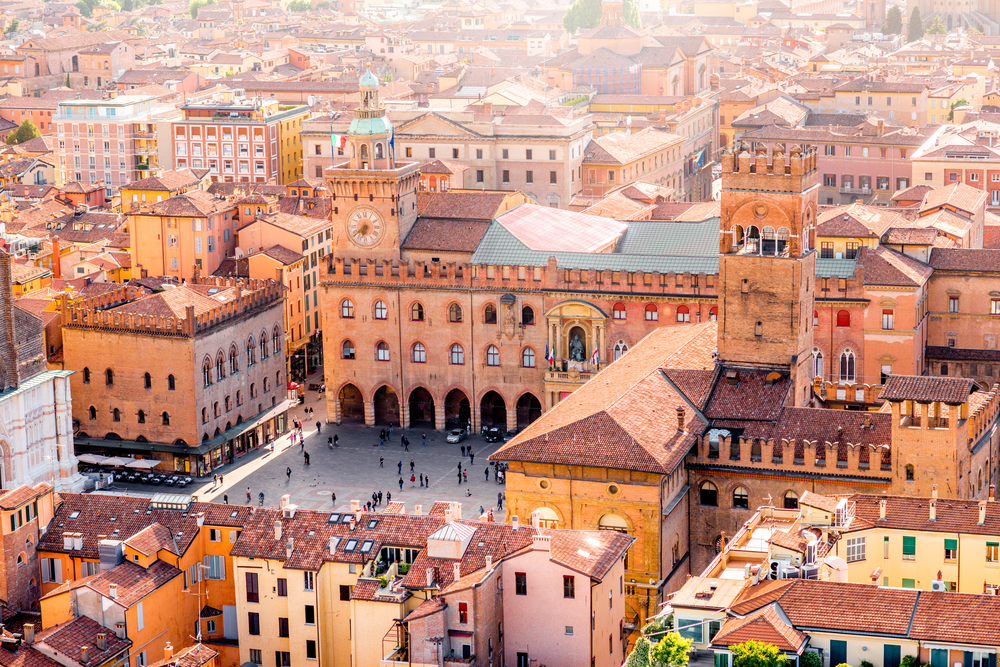When planning a food-focused vacation, cities like Paris, Tokyo, and New York often top the list. But beyond these famous culinary capitals lies a world of incredible food destinations that fly under the radar. These hidden gems offer authentic local cuisines, innovative food scenes, and cultural experiences that will surprise and delight your taste buds. Pack your appetite and discover these 12 underrated food cities that deserve more recognition from traveling food lovers.
1. Penang, Malaysia
Street food paradise awaits in Penang, where Chinese, Malay, and Indian influences create a uniquely flavorful cuisine. The island’s hawker centers buzz with activity as locals prepare signature dishes like char kway teow (stir-fried noodles) and assam laksa (spicy-sour fish soup).
George Town’s historic streets house generations-old food stalls where recipes remain unchanged for decades. The aromatic spices and complex flavors represent Malaysia’s cultural melting pot.
Morning markets offer tropical fruits while evening food courts serve everything from Nyonya kuih (colorful desserts) to fresh seafood. Budget-friendly prices mean you can sample dozens of dishes without breaking the bank.
2. Lyon, France
Move over, Paris – Lyon holds the true heart of French gastronomy. Nestled between two rivers, this charming city boasts more restaurants per capita than anywhere else in France. Traditional bouchons (small, family-owned bistros) serve hearty Lyonnaise specialties like quenelles (pike dumplings) and andouillette sausage.
The covered market Les Halles de Lyon Paul Bocuse houses 60+ vendors selling everything from artisanal cheeses to pink praline tarts. Named after the city’s famous chef, it’s a temple to French culinary excellence.
Beyond restaurants, Lyon offers cooking classes where you’ll learn time-honored techniques from master chefs. The surrounding Rhône Valley provides exceptional wines to pair with your meals.
3. Oaxaca, Mexico
Mole heaven exists in Oaxaca, where seven different variations of this complex sauce – from sweet chocolate-tinged negro to fiery rojo – reign supreme. Indigenous cooking techniques, dating back centuries, create dishes unlike anywhere else in Mexico.
Markets overflow with ingredients unique to the region: chapulines (grasshoppers), quesillo (string cheese), and tejate (cacao-corn drink). The air fills with smoky aromas from tlayudas (giant tortillas topped with beans and meat) cooking over open flames.
Mezcal distilleries dot the surrounding valleys, offering tastings of this artisanal spirit made from agave. Food festivals celebrate seasonal ingredients and ancient recipes, making any time a good time to visit this culinary wonderland.
4. Chengdu, China
Sichuan peppercorns create the famous numbing sensation that defines Chengdu’s bold cuisine. UNESCO recognized this city as a Creative City of Gastronomy for good reason – the food scene here dates back over 2,300 years and continues to evolve.
Teahouses serve as social hubs where locals gather over spicy dan dan noodles and bamboo trays of dim sum. Hotpot restaurants bubble with crimson broths loaded with chilies, where diners cook ingredients tableside.
Food streets like Jinli Ancient Street offer countless snacks: sweet-sticky rice cakes, crispy rabbit heads, and delicate wontons in chili oil. Beyond restaurants, cooking schools welcome visitors to learn the secrets behind Sichuan’s complex flavor profiles, combining spicy, sweet, sour, salty, and umami notes.
5. Porto, Portugal
Famous for its namesake fortified wine, Porto offers culinary delights that extend far beyond the glass. The Douro Valley setting provides the perfect backdrop for enjoying hearty northern Portuguese cuisine that warms both body and soul.
Seafood shines in dishes like bacalhau à brás (shredded salt cod with potatoes and eggs). The francesinha – a monster sandwich filled with various meats, covered in melted cheese and spicy tomato-beer sauce – represents Porto’s indulgent side.
Markets like Mercado do Bolhão showcase fresh produce and local specialties. Riverside cafés serve pastel de nata (custard tarts) alongside coffee. Don’t miss the wine cellars in Vila Nova de Gaia, where port has been aged in oak barrels for centuries.
6. Tbilisi, Georgia
Khachapuri – a boat-shaped bread filled with melted cheese and topped with an egg – might be your gateway drug to Georgian cuisine. This ancient crossroads between Europe and Asia offers dishes influenced by Persian, Turkish, and Russian traditions yet remains distinctly Georgian.
Family-style feasts called supras involve endless plates of dumplings (khinkali), walnut-stuffed eggplant rolls, and herb-packed stews. Wine culture here dates back 8,000 years, making Georgia the world’s oldest wine-producing region.
Neighborhood bakeries turn out fresh tones (bread baked in clay ovens) while basement restaurants serve slow-cooked meats with pomegranate and tarragon. The combination of mountain ingredients, Black Sea influences, and Caucasus traditions creates a cuisine that feels both familiar and excitingly new.
7. Adelaide, Australia
Surrounded by Australia’s premier wine regions – Barossa Valley, McLaren Vale, and Adelaide Hills – this city offers farm-to-table dining at its finest. The Central Market, Australia’s oldest covered market, buzzes with 80+ vendors selling everything from bush tucker to artisanal cheeses.
Multicultural influences shine through in Adelaide’s restaurant scene. Vietnamese, Greek, Italian and Middle Eastern communities contribute to a diverse food landscape that celebrates both heritage and innovation.
Seaside suburbs serve the freshest seafood while urban laneways hide small bars pouring natural wines from nearby vineyards. The annual Tasting Australia festival transforms the city into a food lover’s playground with events highlighting indigenous ingredients, sustainable practices, and the region’s bounty.
8. Thessaloniki, Greece
Athens’ northern cousin offers a culinary experience deeply influenced by its Byzantine, Ottoman, and Jewish heritage. Waterfront tavernas serve fresh seafood while market stalls overflow with olives, feta, and honey – the building blocks of northern Greek cuisine.
Sweet-toothed travelers rejoice in Thessaloniki’s pastry shops offering bougatsa (custard pie) and siropiasta (syrup-soaked desserts). The city’s signature koulouri – sesame bread rings sold by street vendors – makes the perfect breakfast on the go.
Ladadika district, once an oil storage area, now houses restaurants serving meze platters designed for sharing. Unlike more touristy Greek destinations, prices remain reasonable and locals still outnumber visitors in most establishments. The vibrant university population ensures a thriving café culture and nightlife scene.
9. Guadalajara, Mexico
Birthplace of mariachi music and tequila, Guadalajara also deserves recognition for its distinctive Jaliscan cuisine. Tortas ahogadas – “drowned sandwiches” stuffed with carnitas and smothered in spicy tomato sauce – represent the bold flavors locals love.
Mercado Libertad, Latin America’s largest indoor market, offers endless food stalls serving regional specialties. Sample birria (spiced goat stew), pozole (hominy soup), and carne en su jugo (beef in its juices).
The surrounding agave fields supply the distilleries producing Mexico’s most famous spirit. Day trips to Tequila town include tastings and traditional meals cooked in underground pit ovens. Sunday mornings bring families together for hearty breakfasts featuring chilaquiles and menudo, accompanied by fresh fruit waters.
10. Bologna, Italy
La Grassa (“The Fat One”) – Bologna’s nickname – hints at the city’s rich culinary tradition. The capital of Emilia-Romagna offers authentic versions of dishes that have been poorly imitated worldwide: real bolognese sauce (ragù), fresh egg pasta, and proper mortadella bear little resemblance to their American counterparts.
Medieval market streets house pasta workshops where sfogline (pasta makers) still roll dough by hand. Visitors can watch the production of Parmigiano-Reggiano, balsamic vinegar, and prosciutto at nearby farms and aging facilities.
Food markets like Mercato delle Erbe showcase seasonal ingredients used in the region’s cooking. Unlike tourist-focused Italian cities, Bologna remains predominantly local, with fair prices and restaurants that prioritize quality over gimmicks.
11. Durban, South Africa
Bunny chow – hollowed-out bread loaves filled with curry – symbolizes Durban’s unique culinary heritage. This coastal city hosts South Africa’s largest Indian population, creating a fusion cuisine unlike anywhere else on the continent.
Spice markets burst with colors and aromas, supplying ingredients for both traditional Indian dishes and distinctly South African adaptations. Victoria Street Market vendors sell everything from samosas to boerewors (farmer’s sausage).
Beachfront stalls offer fresh seafood with peri-peri sauce, showing Portuguese influences. The nearby Midlands provide farm-fresh ingredients for the city’s growing farm-to-table movement. Durban’s street food scene remains remarkably affordable, letting visitors sample widely across cultures without breaking their budget.
12. Osaka, Japan
“Kuidaore” – eating until you drop – perfectly describes Osaka’s food-obsessed culture. While Tokyo gets more attention, Osaka proudly claims the title of Japan’s kitchen with good reason. Street food flourishes in the Dotonbori district, where vendors perfect single dishes over generations.
Takoyaki (octopus balls) and okonomiyaki (savory pancakes) originated here, along with kushikatsu (deep-fried skewered meats and vegetables). Markets like Kuromon Ichiba offer the freshest seafood, often served as sashimi moments after being selected.
Food is more casual and affordable than in Tokyo, with counter seating encouraging conversation between chefs and customers. The surrounding Kansai region provides exceptional ingredients from mountains and sea, while Osaka’s merchants historically developed preserved foods like pressed sushi.

